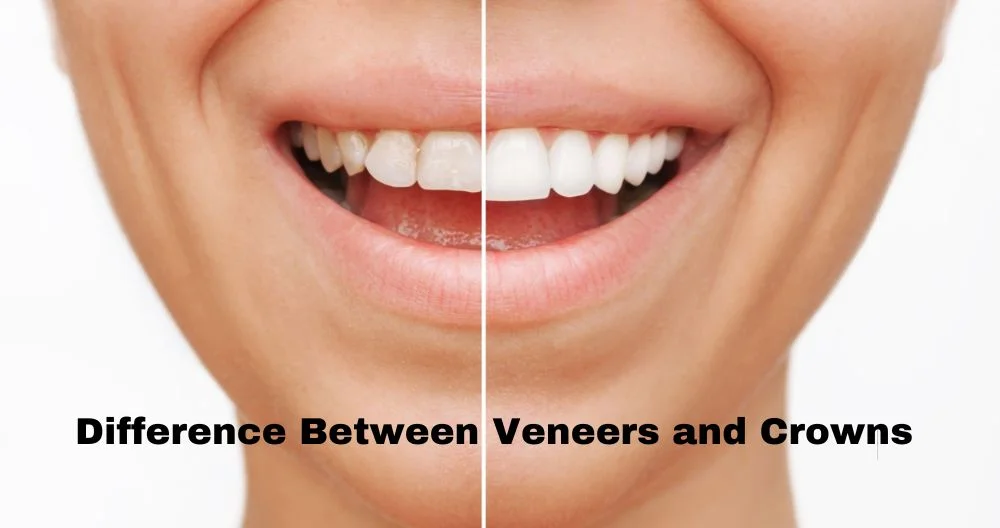What is the Difference Between Veneers and Crowns?
In the world of dentistry, veneers and crowns are two popular restorative options that often spark curiosity and confusion. While they may seem similar, but there are difference Between Veneers and Crowns set them apart.
What Are Porcelain Veneers?
Porcelain veneers are like the secret agents of cosmetic dentistry. Sleek, smooth, and super thin (we’re talking about a millimeter, folks), they slide right over the front of your teeth. Think of them as the ultimate façade, giving your smile that Hollywood makeover. They’re great for fixing up those little imperfections: a chip here, a stain there. And the best part? They’re kind of like getting a tattoo for your tooth – minimal invasion, maximum impact.
What Are Dental Crowns?
Now, on the flip side, we’ve got dental crowns. These guys are the heavy-duty protectors. Imagine putting a helmet on your tooth that’s a crown for you. They cover the whole tooth, from top to bottom, like a guard on duty. Whether your tooth is cracked, worn down, or just had a major root canal episode, crowns are there to save the day. They’re like the bodyguards for your teeth, made from stuff like porcelain, metal, or a mix of both.
Similarities Between Veneers and Crowns
Before we jump into what sets them apart, let’s talk about what veneers and crowns have in common. They’re both about giving your teeth a makeover, making sure they look good and function right. No matter if you choose veneers or crowns, your dentist will ensure they blend seamlessly with your existing teeth. Once fitted, distinguishing them from your real teeth becomes quite a challenge. Moreover, maintaining them is pretty straightforward and hassle-free. Brush, floss, and keep up with your dentist appointments.
Difference Between Veneers and Crowns
Here’s where it gets interesting. Veneers provide a subtle enhancement – they’re designed only to cover the front surface of your tooth and are notably thinner. They’re all about the looks, enhancing your smile without going overboard. Crowns, though, are the full package – they cover your entire tooth. They’re thicker, which means they’re also in it for the long haul. If you’re looking at a tooth that’s seen better days, a crown might be your best bet.
Cost Considerations
Money talks, right? Porcelain veneers can set you back anywhere from $925 to $2,500 per tooth. Crowns, though, are a bit more, ranging from $1,000 to $3,500 per tooth. The catch? Insurance might cover a bit of the cost for crowns since they’re often more about dental health than just looking good. Veneers, being the cosmetic divas they are, usually don’t get that insurance love.
Choosing Between Veneers and Crowns
So, how do you decide? It’s not like picking a new phone, right? If your tooth is mostly in good shape but needs a bit of a facelift, veneers might be your go-to. But if we’re talking serious tooth drama, like a big crack or a major filling, then crowns could be your knight in shining armor.
Conclusion
Whether it’s veneers for that picture-perfect smile or crowns for heavy-duty protection, both have their place in the dental world. It’s all about what your teeth need and what you’re looking to achieve. Remember, it’s your smile, your choice. Chat with your dentist, weigh your options, and whatever you choose, it’s going to be a step towards a happier, healthier smile.

